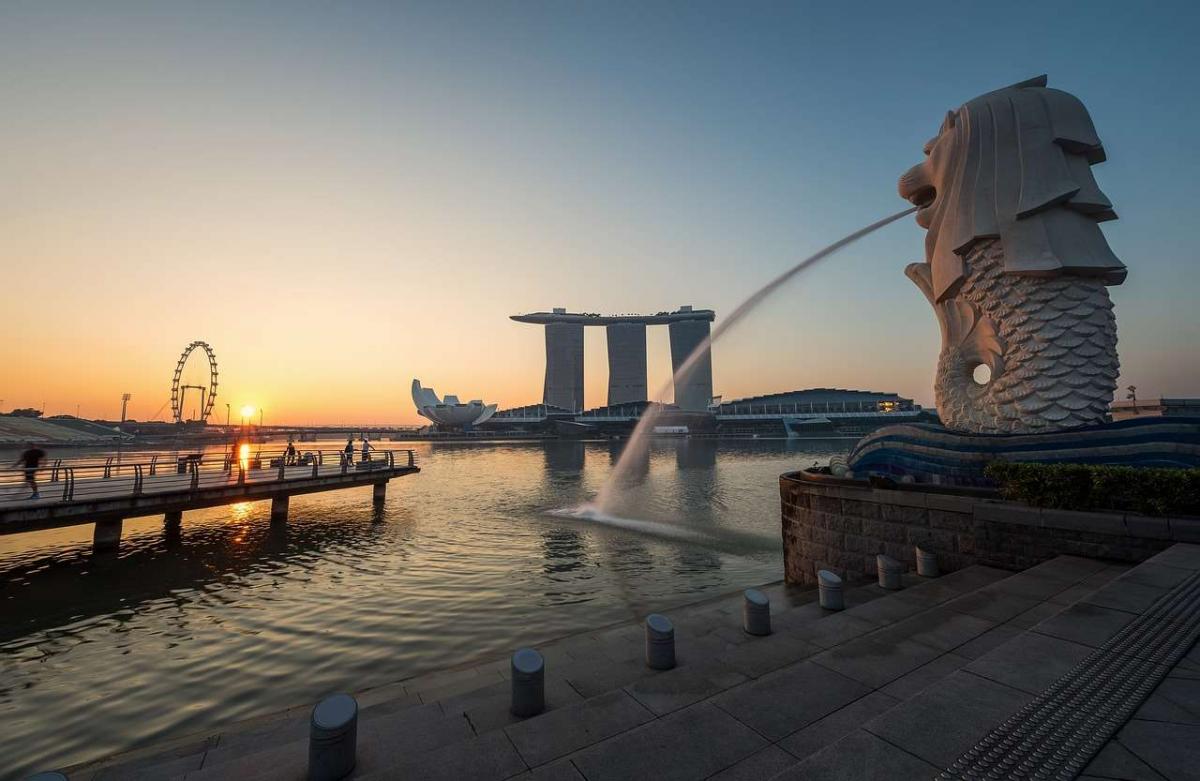Assets under management for Asia’s managers have ballooned in the last 10 years, with an increase on average of 9% annually. Performance has been such as to encourage inflow. A recent study by McKinsey suggests that the “good times” will “keep rolling.” But it also cautions that the opportunities in the market, especially for the new entrants, are “by no means evenly distributed.” McKinsey calls its computerized research software the “Performance Lens,” and it observes that Performance Lens draws on the Global Growth Cube, a database that comprises 99% of global AUM. The new study of the Asian market for asset management draws on this Cube, as well an on interviews, and the Global Asset Management Benchmarking Survey.
Beginning with Last Year McKinsey’s survey of this material begins with the 2017 numbers. Profit margins for Asia’s asset managers are much higher than the margins for Europe or North America, despite recent growth in operating costs. McKinsey believes that the industry suffers from those increased operating costs because it lacks efficiency of scale. It also expects that cost pressures will continue for the next three to five years, as the asset managers involved make expensive investments in digitization and compliance. On the other side, though, demand for the services of asset managers continues to grow, both from high-net-worth individuals and from institutions. Institutionally, the best customers are pension funds and insurers, each of whom must respond to the aging of the region, and the difficulties created by that demographic fact. Alternatives, and multi-asset products are hot. Nearly 70% of institutional mandates in 2017 fit into one or the other of those two descriptions. There remains a lot of room for growth. Nearly 90% of the financial assets in Asia last year were outside of the asset management industry; institutional internal assets and high-net-worth unmanaged assets. In China there has been a “significant wealth effect in more recent years.” Demographics are driving the demand for retirement solutions. Insurers and commercial banks lack investment capabilities, especially regarding equity, so they are outsourcing much of it. Regulators are cracking down on “shadow banking” and its wealth products, which is assisting asset managers who are out of the shadows, in the sunlight and in favor. They (the regulators of China) are “reopening quotas for offshore products, and opening doors for more foreign players to enter the market.”
What has Worked will Continue to Work The McKinsey study identified five common characteristics of the fastest growing asset management operations in Asia. The authors believe that the “same characteristics will be just as valuable in the years to come.” These five “foundations of growth,” near past and near future, are: a strong local capability, whether built through new hires or partnerships or acquisitions; an onshore presence in China in particular; a long-term outlook (which translates, in pragmatic term, into the fact that successful asset management CEOs and their teams have been in place for a long time); a corporate culture that is supportive of top talent, including local talent; and a sense that digitization and analytics are a critical priority. On that final point, it is worth observing that “digitizing” includes the use of artificial intelligence to analyze published texts and social [media] listening, as well as simpler things like automated note-taking from calls and meetings.
Regulation in the Region The McKinsey study also includes a substantial sidebar about regulation in the region, seen country by country. The sidebar tells us that in India, for example, several steps have been taken in recent years—since the victory of the BJP—to improve transparency and to level the relevant playing fields. For example, in 2016 the government capped upfront commissions on mutual funds in order to lessen churn. It also introduced a “direct fund class” to help investors bypass intermediaries. Meanwhile, on the institutional side, the Modi government has let pension funds and insurance companies invest up to about 15 percent of their incremental flows into capital markets by way of ETFs. In Japan, which is in a climate of low interest rates, regulators have encouraged retail savers to shift their savings from deposits into investments. They have exempted the Nippon Individual Savings Account from the taxation of cap gains or dividends to this end. Also, in Malaysia, the regulator has created a “framework for digital investment management that includes online advisory, tightened cybersecurity standards on financial transactions, and an online standard for complying with [know your customer] rules to speed up and safeguard the customer sign-up process.” All of these developments and others are discussed under the rubric, “Asia is open for business.”




